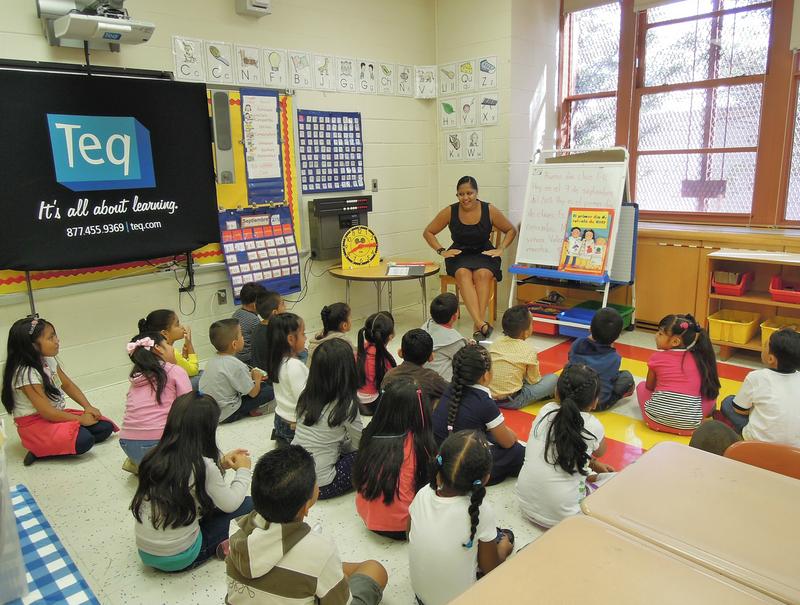
A group of New York City parents and advocates fed up with increasing class sizes in the public schools filed a complaint on Thursday with the New York State Education Department, charging that the city has failed to comply with a 2007 state law requiring smaller classes.
The complaint called out the city for essentially ignoring its own plan created a decade ago, and the state for failing to enforce the law, called Contracts for Excellence.
The petitioners included nine parents from across the five boroughs, advocacy groups Class Sizes Matters and Alliance for Quality Education, and the Public Advocate’s office. They asked that the state require the city to reduce class sizes over five years.
The state education department said it was reviewing the petition.
Leonie Haimson, founder and executive director of Class Size Matters, said class sizes have increased significantly since 2007 when the Contracts for Excellence law was enacted. The law was borne out of the Campaign for Fiscal Equity lawsuit, in which the state’s highest court ruled that excessive class sizes contributed to New York City students being denied a “sound basic education.”
The city’s own 2007 plan set out to reduce average class sizes over five years, with different targets by grade levels:
- A maximum of 20 students in kindergarten through third grade
- A maximum of 23 students in fourth through eighth grade
- A maximum of 25 students in core high school classes
The city never followed through. Last school year, according to the Department of Education, the average class size across all grades was 26.2 students per class.
But about one-third of all students in the city were in classes of 30 or more children, according to Haimson.
“This is not only illegal according to the state’s highest court," said Haimson, "but I believe — and many people believe — this is unethical. And we will never truly significantly improve outcomes for our students and give them a real opportunity to learn until we reduce class sizes.”
According to a Class Size Matters analysis of city data, the number of younger kids in larger classes increased significantly over a decade. The group found that the number of first- through third-grade students in classes of at least 30 children increased by approximately 4,000 percent.
City education officials said overall class sizes were down last school year from the year before, though only slightly. In kindergarten through third grade specifically, the average class size for the 2016-2017 school year decreased by 0.4 percent, to 24.2 students.
“We’ve invested in efforts to reduce class sizes, including dedicating $4.5 billion to create more than 44,000 seats in overcrowded areas across the city,” said Will Mantell, a department spokesman, in a statement. “We will review the petition.”
As a candidate running for mayor, Bill de Blasio said he would comply with New York City’s 2007 plan to reduce class sizes, a promise he did not keep once in office.
Mayor de Blasio formed a task force to assess how the city made calculations for school overcrowding, in a document known as the Blue Book. Though parents and advocates pushed to align the city's space-planning formula with smaller class-size targets, the city declined to adopt the change.
Advocates argued that by ignoring the reduced class size targets, the city was masking true levels of overcrowding in the city schools.
